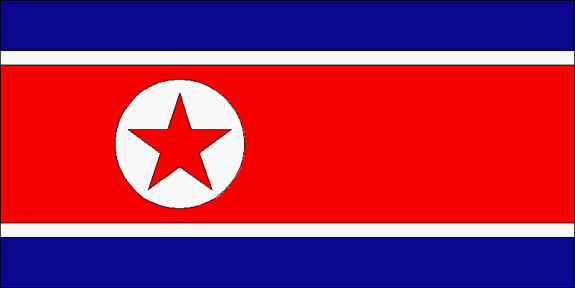



Defense Industry
The defense industrial base is difficult to assess accurately. Pyongyang desires state-of-the-art technology, but is unable to obtain it. Older weapons systems are obtainable, however, and North Korea is able to reverse engineer major systems and to modify and improve on them. Nevertheless, it still lags dramatically behind military state of the art because the systems remain dated. Because of its uneven technological base, North Korea apparently places the highest priority on quantity to make up for a lack of quality.
North Korea's arms and munitions industry predate the Korean War. After the war, North Korea began to expand its arms production base through licensing agreements with the Soviet Union. North Korea initially depended on the Soviet Union and China for licensed technology and complete industrial plants. In the 1970s, North Korea was developing variants of standard Soviet and Chinese equipment. Acquisitions from these two sources were augmented beginning in the early 1970s by an outreach program aimed at acquiring Western dual-use technology and equipment. This program included a wide range of initiatives, from acquiring Japanese trucks and electronic gear to obtaining Austrian forging equipment with gun barrel applications, to purchasing United States-manufactured helicopters. North Korea compensates for its limited research and development base by producing a range of more basic systems in quantity.
In 1990 North Korea had some 134 major arms factories, many of them completely or partially concealed underground. These facilities produce ground service arms, ammunition, armored vehicles, naval craft, aircraft (spares and subassemblies), missiles, electronics, and possibly chemical-related materials. In addition, some 115 nonmilitary factories have a dedicated wartime mat�riel production mission. The plants are not named but are usually given numbers like Factory No. 65 (Junchon, Chagang Province), No. 67 (Kangdong, South Pyongan), or No. 81 (Junchon, Chagang Province) to obscure their true identity. Emergency shelters are constructed near factories and plants, and mobilization plans for persons and materials have already been completed to assure continued production even through war.
By the end of the 1990s it was estimated that North Korea's military-industrial complex operated a diverse array of production plants numbering some 1800 facilities. Among them were forty small arms plants, ten armored vehicle factories, ten shipyards for combat vessels, and fifty explosives facilities. Most of the facilities are located in Chagang Province and other remote inland areas, and are partially or wholly underground to minimize damage in war.
Sources and Resources
http://www.fas.org/nuke/guide/dprk/target/def-industry.htm
Maintained by Webmaster
Updated Thursday, June 15, 2000 4:29:23 PM






